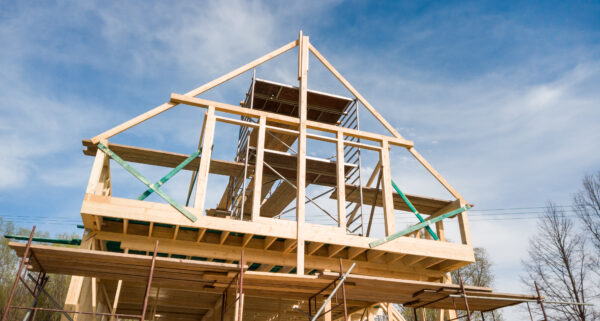By New York Times
There’s an appealing simplicity to the idea of converting office buildings into housing. The premise suggests cities could solve two problems — an office glut and a housing shortage — at once. In the process, they could limit the waste of demolition, create new homes with minimal opposition, and renew neighborhoods without radically changing how they look from the sidewalk.
The idea, however, is less like a sweeping fix and more like a set of intricate puzzles — a different one for each building. Each one must solve for local rules that say what counts as a bedroom, for structural columns and elevator shafts that shape where walls go, for construction costs and land prices that affect rent rolls. And they must solve, above all, for access in every unit to fresh air and sunlight.
For many offices, this puzzle may be unsolvable, at least for now.
But for others it is not impossible, even in large modern buildings, even on pricey Manhattan land. And to understand the potential of conversions — and why older buildings often make easier ones — it’s useful to look closely at a pair of buildings constructed 40 years apart, and the evolution of the American office that runs through them.












